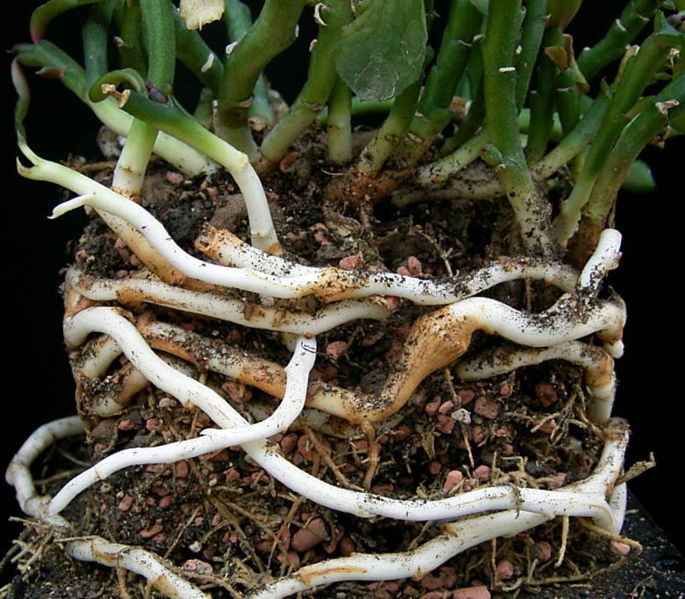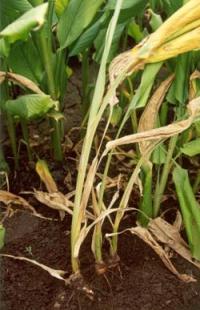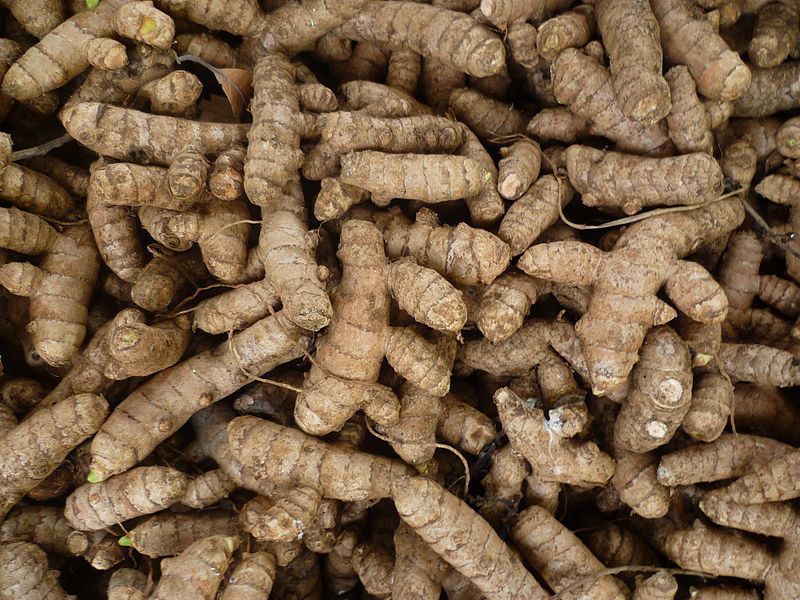
Adaptation
Curcuma Longa adapts with environment by rhizomes. Rhizomes are underground structure, it grows in a horizontal manner. Each piece of rhizome has the ability to give a new plant. This process known as a vegetative reproduction, and it is used for the deployment of some plants. If a turmeric dies due to adverse conditions, the underground stem will survive. Rhizome allows for Curcuma Longa to reproduce asexually. Each pies of rhizome has the ability to give a new plant. It allows for this plant to produce a shoot and root for more growth. Rhizome is also used for storage food and, it is the place for powder extract in our plant. Rhizome harvested to use as spices. It is the only place on the plant has a value used.
Rhizome rot of Turmeric
It is a common pathogens for Curcuma Longa roots.It is caused by two kinds of fungus, which are Pythium graminicolum and P. aphaniderrnatum. This disease affects on the whole plant, above the ground and under the ground. If this disease affects Curcuma Longa, we cant use its rhizome as a kind of adaptation with the environment.
Looking at the roots infected below:
Herbaceous plant
Click here to go back to Home page!



